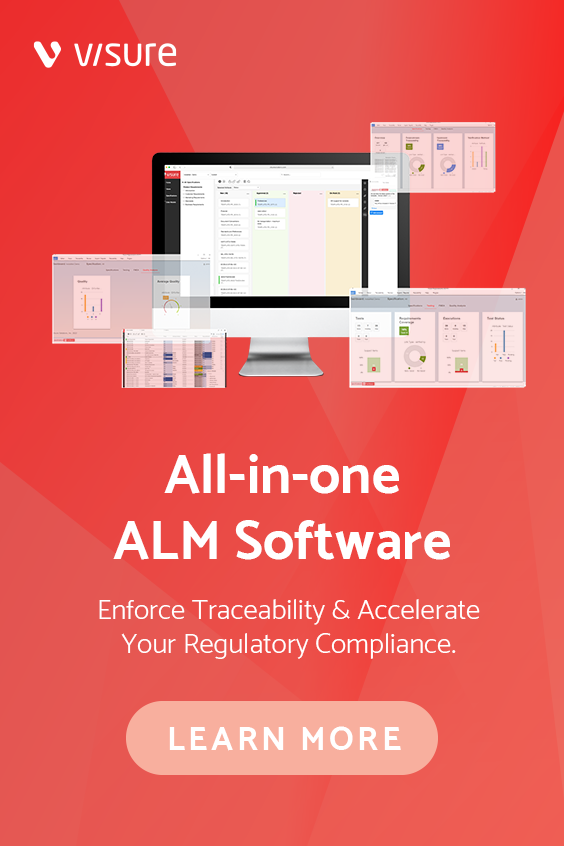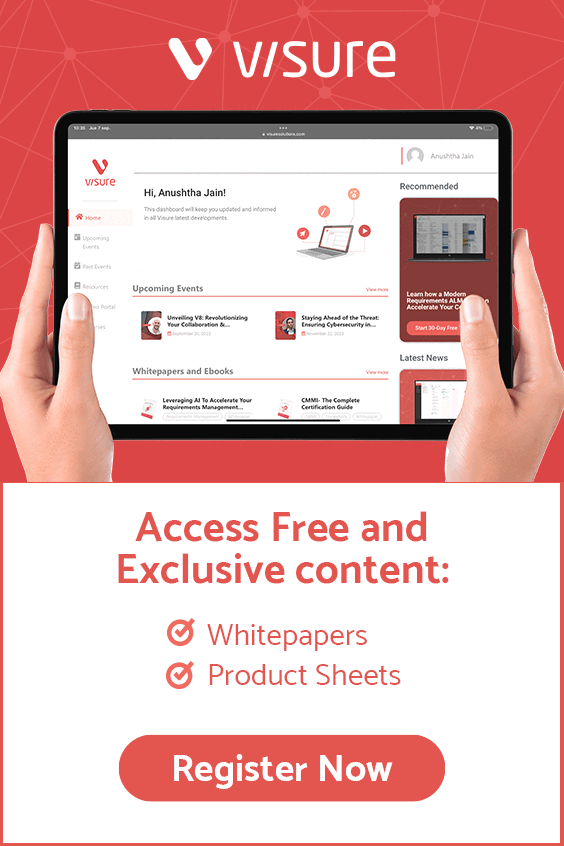In software development, effective requirements management is crucial for project success. Poorly managed requirements can lead to project delays, cost overruns, and even project failure. The consequences of inadequate requirements management can be significant, impacting both the development process and the final product. In this article, we explore the high cost of poor requirements management and its impact on software development projects.
What are Requirements?
Requirements are the foundation of any software project. They define what the software is supposed to do and describe its functionalities, constraints, and quality attributes. Effective requirements management involves capturing, analyzing, documenting, and tracking these requirements throughout the project lifecycle.
The Impact of Poor Requirements Management
- Increased Costs: Poorly managed requirements often result in scope creep, where project requirements continuously expand without proper control. As a result, the project timeline is extended, leading to increased development costs. According to a study by the Standish Group, 23% of project failures are attributed to inadequate requirements management.
- Delays in Delivery: When requirements are not clearly defined or are subject to frequent changes, it can lead to delays in project delivery. Developers may have to rework the code multiple times, causing schedule slippage and frustration among stakeholders.
- Quality Issues: Inadequate requirements management can result in a final product that does not meet the needs of its users. Without a clear understanding of the project requirements, developers may deliver a product with functionality that is irrelevant or does not work as intended. This can lead to customer dissatisfaction and damage to the reputation of the development team or company.
- Risk of Project Failure: Projects with poorly managed requirements are at a higher risk of failure. When requirements are not properly understood or documented, it increases the likelihood of miscommunication between stakeholders, leading to misunderstandings and conflicts. As a result, the project may fail to meet its objectives or be abandoned altogether.
The Costs of Poor Requirements Management
- Rework Costs: The cost of reworking software due to poorly managed requirements can be substantial. Developers may have to spend additional time and resources fixing defects, making changes to the code, and retesting the software to ensure that it meets the revised requirements.
- Opportunity Costs: Delays in project delivery can result in missed opportunities for the organization. For example, a delay in releasing a new product to market can allow competitors to gain a competitive advantage, resulting in lost revenue and market share.
- Reputation Damage: Poor requirements management can damage the reputation of the development team or organization. Customers who receive a product that does not meet their needs are unlikely to do business with the company again, and may even share their negative experiences with others, further tarnishing the company’s reputation.
- Increased Support Costs: Software that does not meet the needs of its users may require ongoing support and maintenance to address issues and make necessary changes. This can result in increased support costs over the life of the software.
Best Practices for Requirements Management
- Involve Stakeholders: Engage stakeholders, including customers, end-users, and project sponsors, early and often throughout the requirements management process. Their input is essential for understanding and prioritizing project requirements.
- Use Clear and Concise Language: Requirements should be written using clear and concise language that is easily understood by all stakeholders. Avoid technical jargon and ambiguous terms that could lead to misunderstandings.
- Document and Track Changes: Maintain a central repository for all project requirements and track changes throughout the project lifecycle. This helps ensure that all stakeholders have access to the most up-to-date information and reduces the risk of miscommunication.
- Prioritize Requirements: Not all requirements are created equal. Prioritize requirements based on their importance to the project’s objectives and focus on delivering high-priority requirements first.
Visure Requirements ALM Platform
Visure Solutions offers a comprehensive requirements management solution that helps organizations address the challenges associated with poor requirements management and mitigate the associated costs. Here’s how Visure Solutions can help improve the high cost of poor requirements management:
Clear and Centralized Requirements Management:
- Centralized Repository: Visure Solutions provides a centralized repository for all project requirements, ensuring that all stakeholders have access to the most up-to-date information. This helps reduce the risk of miscommunication and ensures that everyone is working from the same set of requirements.
- Traceability: Visure Solutions allows users to trace requirements throughout the project lifecycle, from initial capture to implementation and testing. This ensures that all requirements are properly documented and tracked, reducing the risk of scope creep and project delays.
Collaboration and Stakeholder Engagement:
- Collaboration Tools: Visure Solutions offers collaboration tools that facilitate communication and collaboration among project stakeholders. Users can easily share requirements, provide feedback, and track changes, ensuring that everyone is on the same page throughout the project.
- Stakeholder Involvement: Visure Solutions helps organizations involve stakeholders, including customers, end-users, and project sponsors, early and often throughout the requirements management process. This ensures that all project requirements are properly understood and prioritized.
Improved Requirement Quality:
- Clear and Concise Documentation: Visure Solutions helps organizations write clear and concise requirement documentation that is easily understood by all stakeholders. This reduces the risk of misunderstandings and ensures that everyone has a clear understanding of the project requirements.
- Requirements Analysis: Visure Solutions offers tools for requirements analysis, allowing organizations to identify and prioritize project requirements based on their importance to the project’s objectives. This ensures that high-priority requirements are addressed first, reducing the risk of project delays and cost overruns.
Enhanced Visibility and Control:
- Real-time Reporting: Visure Solutions provides real-time reporting capabilities that give project managers and stakeholders visibility into the status of project requirements. This helps identify potential issues early on and allows for timely intervention to prevent project delays and cost overruns.
- Change Management: Visure Solutions helps organizations manage changes to project requirements effectively. Users can track changes, assess their impact on project scope and schedule, and make informed decisions about whether to accept or reject proposed changes.
Conclusion
Poor requirements management can have serious consequences for software development projects, including increased costs, delays in delivery, and the risk of project failure. By implementing best practices for requirements management, organizations can reduce the likelihood of these issues and increase the likelihood of project success. Effective requirements management is essential for delivering software that meets the needs of its users, on time and within budget.
By providing a comprehensive requirements management solution, Visure Solutions helps organizations improve the quality of their requirements, reduce the risk of project delays and cost overruns, and enhance collaboration and communication among project stakeholders. With Visure Solutions, organizations can ensure that their software projects are delivered on time, within budget, and meet the needs of their users.
Comprehensive Webinar:
Join us for a free on-demand webinar on “The High Cost of Poor Requirements Management”. In this session, we’ll explore the significant impact that inefficient requirements management practices can have on project costs and timelines. Discover how poor requirements management can lead to increased risks, lower product quality, and ultimately, higher costs. Learn strategies and best practices for improving requirements management to enhance project speed, quality, and cost-effectiveness. Whether you’re in the automotive, aerospace, finance, healthcare, or technology industry, this webinar is essential for anyone involved in product development or project management. Don’t miss this opportunity to optimize your requirements management processes and drive better project outcomes.
In this webinar, you’ll get to understand:
- The Hidden Costs of Poor Requirements Management: Explore how inefficiencies impact project timelines, costs, and quality.
- Real-world Examples: Learn from case studies across various industries, from automotive to aerospace, highlighting the consequences of inadequate requirements management.
- Identifying Common Pitfalls: Understand the most common mistakes in requirements management and how to avoid them.
- Best Practices For Efficient Requirements Management: Discover strategies to streamline processes, improve collaboration, and mitigate risks.
- Tools and Technologies: Explore the latest tools and technologies designed to enhance requirements management and optimize project outcomes.
- And much more!


